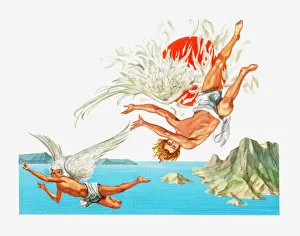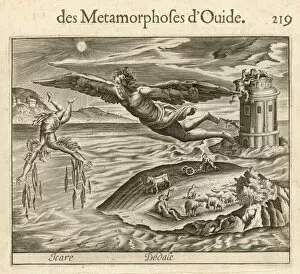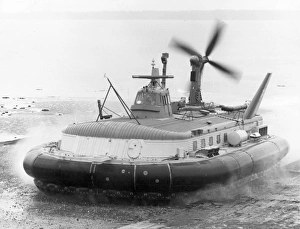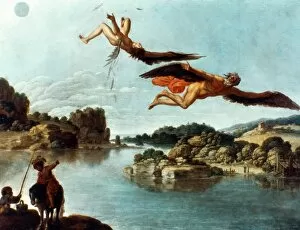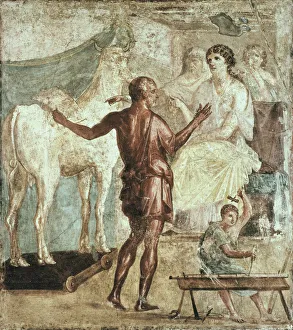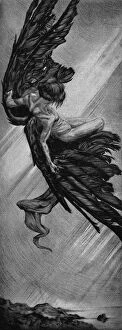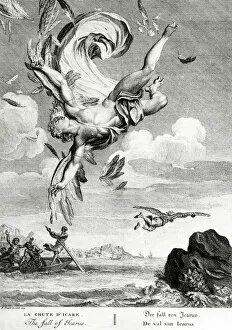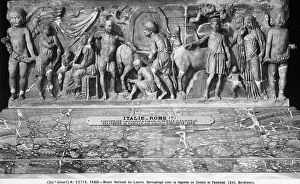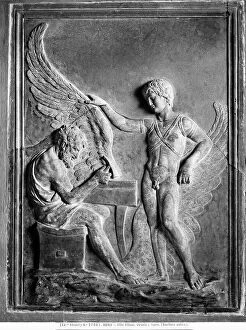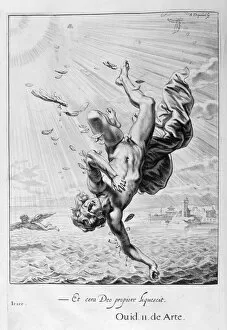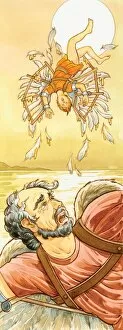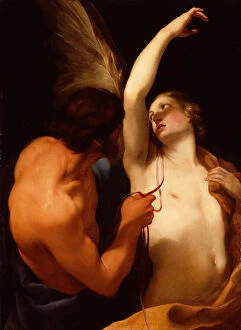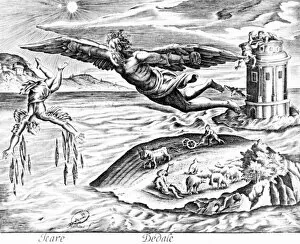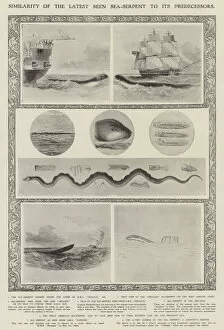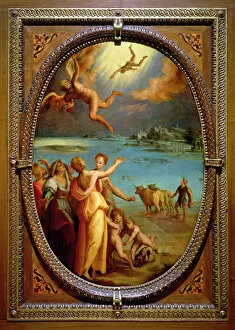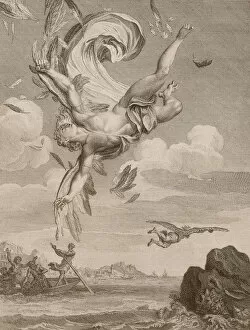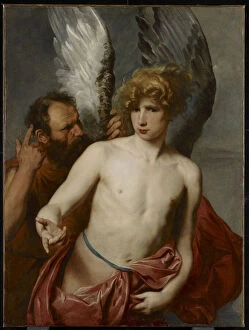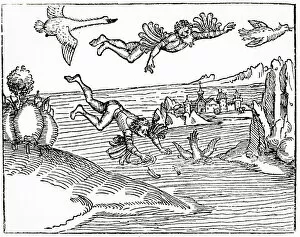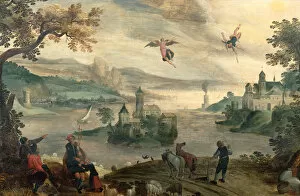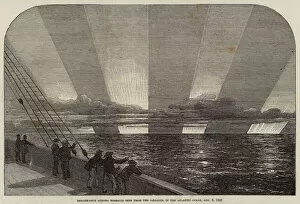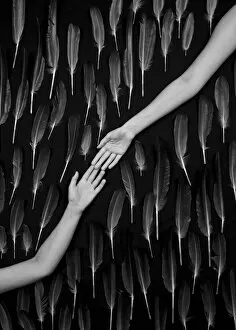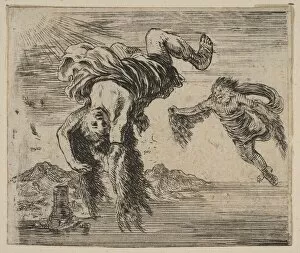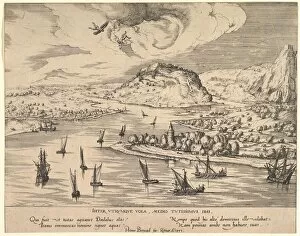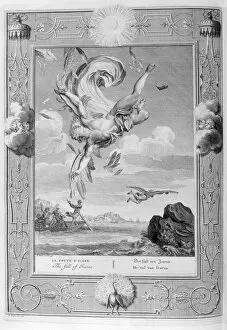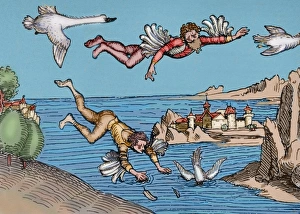Daedalus Collection
"Daedalus: A Tale of Ambition and Consequence" In the realm of Greek mythology, the names Icarus and Daedalus resonate with a cautionary tale that has transcended time
All Professionally Made to Order for Quick Shipping
"Daedalus: A Tale of Ambition and Consequence" In the realm of Greek mythology, the names Icarus and Daedalus resonate with a cautionary tale that has transcended time. Illustrated in countless forms, their story serves as a reminder of the perils that accompany unchecked ambition. One such depiction is found in Carlo Saraceni's masterpiece, "The Fall of Icarus. " Painted on copper, it captures the tragic moment when Icarus soars too close to the sun with wings crafted by his father Daedalus. The consequences are dire as he plummets towards an unforgiving sea below. This timeless narrative also finds its place within ancient Pompeii's House of the Vettii. Here, amidst preserved ruins, we witness evidence of Daedalus' ingenuity through intricate frescoes adorning its walls. His genius immortalized in vibrant colors for all to admire. Albrecht Durer's 1493 engraving titled "Icarus" further amplifies this fable's impact. With meticulous detail, it depicts Icarus' ill-fated flight and subsequent fall from grace – a stark warning against hubris and overreaching ambitions. Even beyond artistry lies reality; on April 12th, 1972, British Hovercraft Corporation unveiled their BH7 Mk2 named after Daedalus himself. This technological marvel soared above waters like no other craft before it – a testament to human innovation inspired by mythological prowess. And let us not forget Solent Airport (HMS Daedalus), offering an aerial view reminiscent of our protagonists' lofty aspirations. From this vantage point emerges both wonder and trepidation - for even today we grapple with balancing dreams against potential downfall. Daedalus remains etched into history as more than just a mythical figure; he embodies humanity's relentless pursuit for greatness while grappling with unforeseen consequences.


